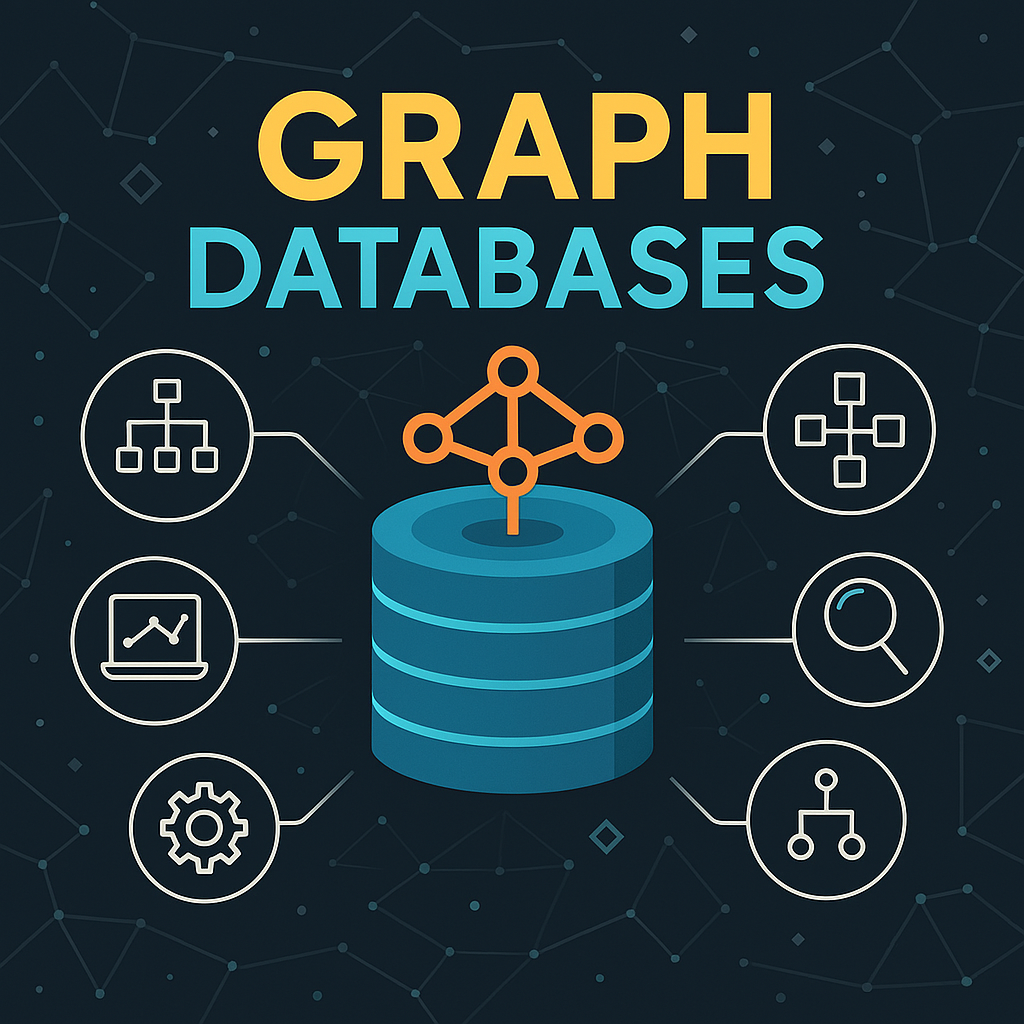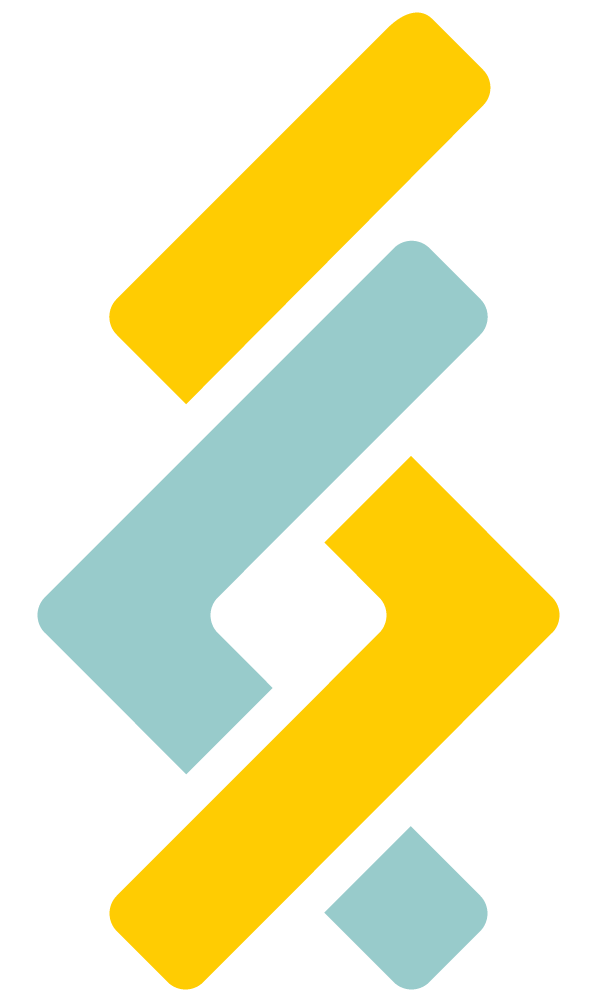What Are Graph Databases?
Graph databases are a type of NoSQL database designed to represent and store data as a network of entities and their relationships. Instead of using tables or documents, graph databases use nodes (data entities) and edges (relationships) to model data. This structure makes them especially useful for applications where relationships between data points are as important as the data itself.

Five Advantages of Graph Databases
-
Native Relationship Modeling: Graph databases are designed to store and query relationships natively. This makes them perfect for use cases like social networks, recommendation engines, fraud detection, and organizational hierarchies.
-
Flexible and Schema-Less Structure: Graph databases do not require a fixed schema. This allows developers to evolve data models over time and handle semi-structured or dynamic data with ease.
-
Real-Time Insights and Recommendations: Graphs enable real-time decision-making and recommendations by analyzing relationships as they happen. Especially useful for personalization, route optimization, and dynamic access control.
-
Powerful Visualization of Data: The node-and-edge structure makes it easy to visually explore and understand complex networks. This helps in debugging, analysis, and communicating patterns in data.
-
Ideal for Evolving and Complex Domains: As business logic or application features grow in complexity, graph databases adapt well without requiring massive migrations or reengineering.
Top Graph Database Engines
-
Neo4j: The most widely known graph database, Neo4j is open-source and uses the Cypher query language. It's optimized for performance and scalability in graph workloads and is used for everything from social networks to supply chain management.
-
Amazon Neptune: A fully managed graph database service from AWS, Neptune supports both the property graph and RDF models, with compatibility for Gremlin and SPARQL query languages. It's a great choice for cloud-native, scalable graph use cases.
-
ArangoDB: ArangoDB is a multi-model database that supports graph, document, and key-value data models. Its graph features are powerful, and it allows for combining different data types in a single query.
-
TigerGraph: TigerGraph is an enterprise-level graph platform built for speed and massive scale. It supports real-time graph analytics and is often used in fraud detection, customer 360, and AI/ML pipelines.
-
OrientDB: OrientDB is a multi-model database that supports graph, document, and object models. It’s designed to offer the flexibility of NoSQL with the consistency of traditional databases and supports schema definition where needed.
Graph databases offer a powerful way to model and query deeply connected data, making them ideal for complex systems where relationships matter. Their structure leads to faster queries, greater flexibility, and more intuitive data modeling.
At Code Scientists, we help you evaluate and implement the best data architecture for your needs. Whether you're building a recommendation engine or mapping real-time interactions, we can help you build smarter and scale confidently.
Ping us to discuss how we can help integrate the right graph database into your project.
